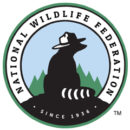We have much more to do and your continued support is needed now more than ever.
Learning from Hurricane Katrina
This Week in NWF History
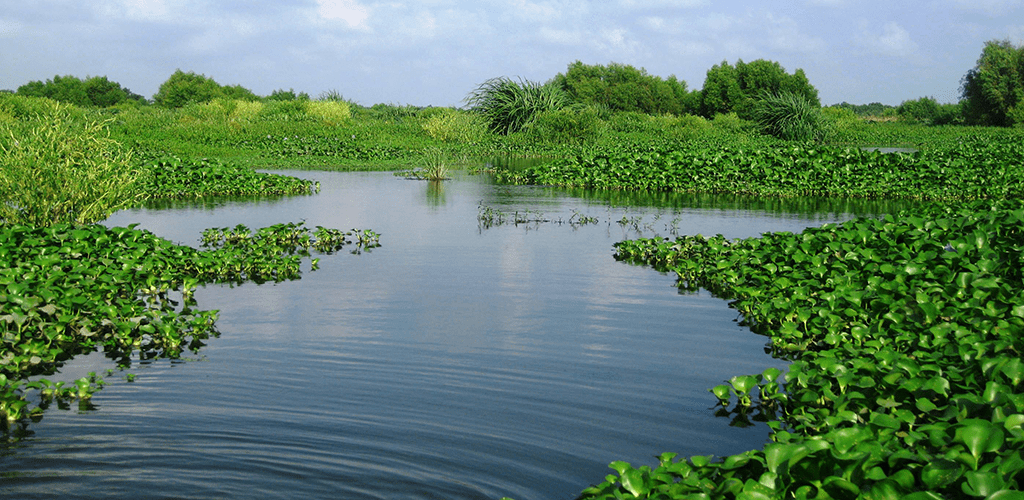
Since 1936, the National Wildlife Federation has worked to conserve the nation’s wildlife and wild places. As part of our 80th anniversary celebration, we are recognizing important moments in our history that continue to make an impact today.
Eleven years ago this week, Hurricane Katrina made landfall as a Category 3 hurricane on the Louisiana and Mississippi coasts. The storm caused catastrophic destruction, devastating loss of life, and major loss of habitat. Since 2007, our team has been on the ground in Louisiana to help guide resilience and restoration efforts in the Mississippi River Delta, using local knowledge and relationships from the Federation’s decades of work in Gulf Coast.
Hurricane Katrina demonstrated the disastrous impact of the loss of thousands of acres of our protective wetlands and consequences of poorly maintained levees. The degraded and eroded barrier islands, marshes, and swamps no longer provided the natural buffer that once protected coastal communities from the powerful storm surge that Hurricane Katrina created.
Thankfully, years later, despite the immense shock to the central Gulf Coast, many coastal communities have not only recovered, but are now becoming leaders in coastal restoration and resilience planning.
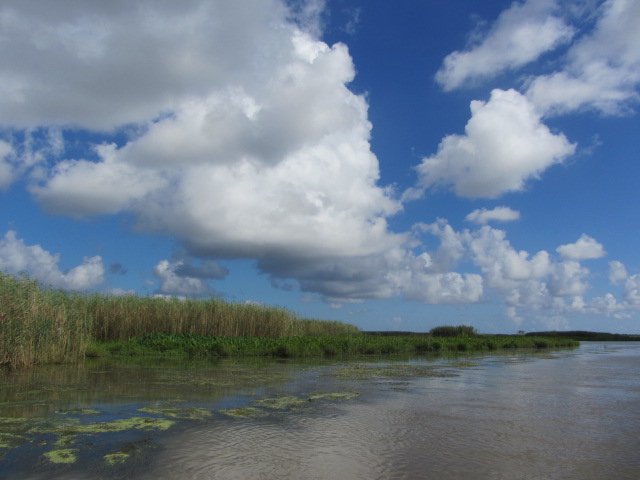
Experiencing Restoration Potential
As we approach the eleventh anniversary of Hurricane Katrina, the National Wildlife Federation is working with the City of New Orleans to champion restoration and resiliency in the region—a coastal Louisiana that is at the forefront of climate change impacts. The area is losing land faster than anywhere in the world.
With a focus on climate change adaptation and equity, NWF has hosted community leaders on a series of coastal field trips and workshops this summer in an effort to empower advocates for restoration with first-hand, expertly-guided experiences along our coast.
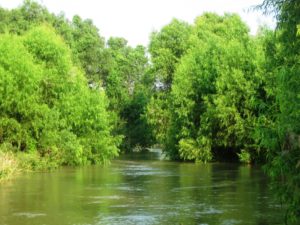
These trips included tours of Caernarvon diversion (a place where the river is reconnected to its wetlands by a controlled opening in the levee), where we discussed the amazing land-building power of the Mississippi River as a tool to combat land loss.
The National Wildlife Federation is an outspoken supporter of these diversions, as the new and emerging land in the diversion’s outfall is a promising example of the potential of these restoration solutions. The great news is that a series of diversions are planned in Louisiana to help protect coastal communities and create new habitat for wildlife.
“Mister Go” Must Go
Our field trip series also included a tour of the wetlands and levee system surrounding New Orleans. The tour highlighted significant progress that has been made in the years since Katrina, while recognizing there is still much work to be done.
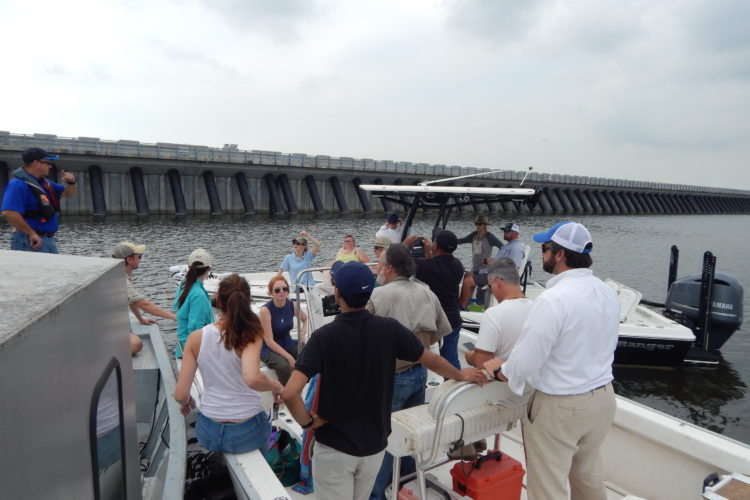
The surge barrier, an important part of the post-Katrina levee system, was constructed to reduce storm surge into the City of New Orleans, and cuts across the 76-miles-long Mississippi River Gulf Outlet (MRGO, locally called the “Mister Go”) federal shipping channel, an infamous area that experienced multiple levee failures and, in turn, the adjacent neighborhoods incurred some of the most catastrophic flooding during Hurricane Katrina.
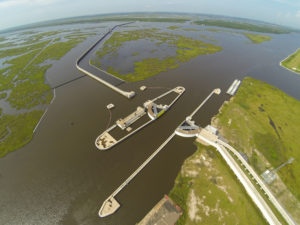
Since 2008, we have led the MRGO Must Go Coalition, a group of 17 NGOs and community groups working to close the MRGO shipping channel and see the ecosystem impacted by the channel restored. The Coalition played a major role in getting the federal channel de-authorized and closed to navigation in 2009, and continues to fight for the restoration of the tens of thousands of acres of wetlands that were impacted by the MRGO so that they protect both wildlife and people in the Greater New Orleans area.
In 2015, the MRGO Must Go Coalition released a report to reflect on the progress that has been made and acknowledge the work that has yet to be done. Today, projects in the MRGO area are slated to receive millions of dollars in restoration funding, but very little restoration has been completed along the channel. The Coalition still strives to make sure restoration is a reality for the area.
Resilience in Coastal Communities
Eleven years after one of the worst disasters in U.S. history, the National Wildlife Federation continues to work tirelessly for ecosystem restoration in coastal Louisiana and across the Gulf Coast. Through our partnerships with local leaders, we are able to help find solutions and plan resilient coastal communities. Our work to protect wildlife and communities in the face of land loss and rising seas grows more urgent every day.
Take ActionTell the RESTORE Council to prioritize large-scale restoration for the Gulf Coast!

